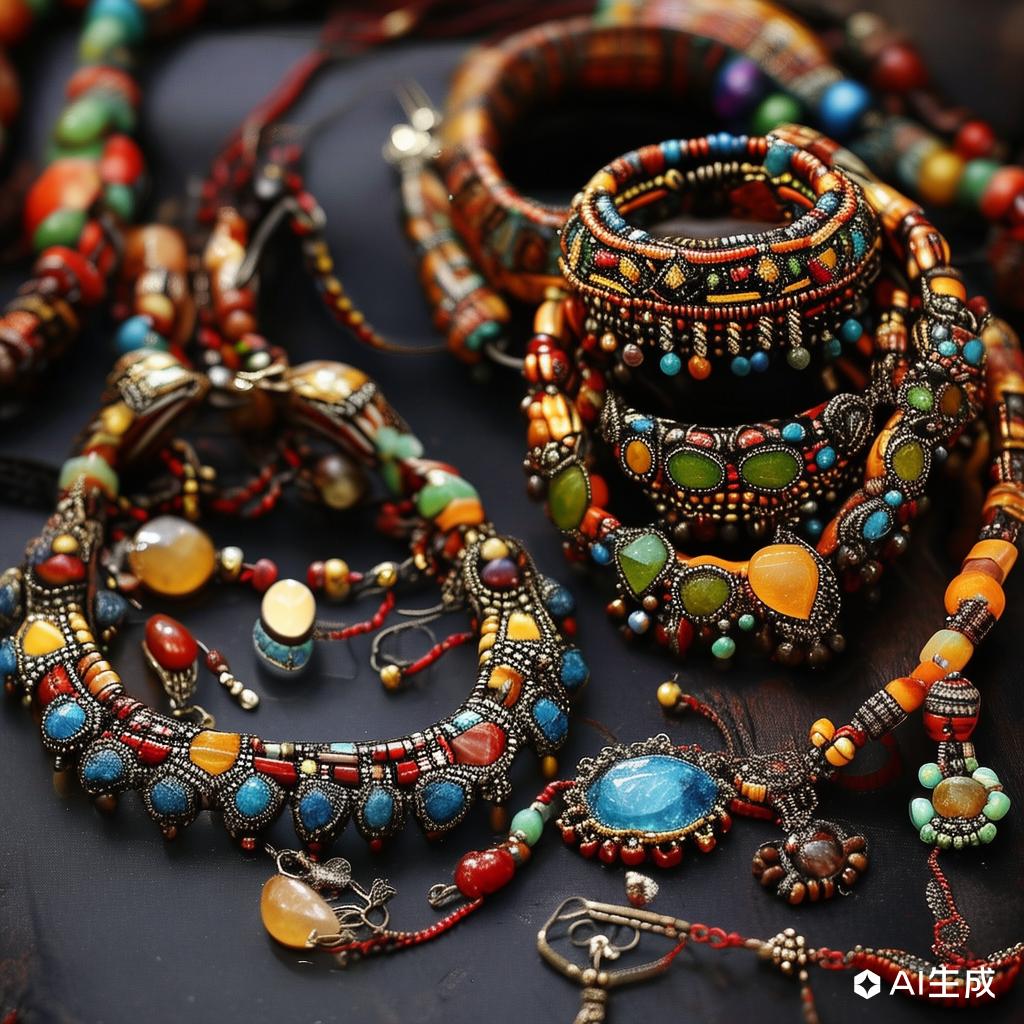Unveiling the Rich Tapestry: Exploring the Intersection of Jewelry and Folk Culture
Share



Jewelry has long been more than mere adornment; it is a profound expression of cultural identity, heritage, and storytelling. The intricate relationship between jewelry and folk culture reveals a rich tapestry of traditions, beliefs, and artistic expressions that have been passed down through generations. This article delves into the fascinating associations between jewelry and folk culture, highlighting how these ornate pieces encapsulate the spirit of communities around the world.
**The Symbolism of Folk Jewelry**
Folk jewelry is often imbued with deep symbolism, reflecting the values, superstitions, and rituals of a particular culture. For instance, in many Eastern European countries, amulets and talismans are crafted to ward off evil spirits and bring good luck. These pieces are not just decorative; they are protective charms that hold significant meaning for the wearer.
**Craftsmanship and Traditional Techniques**
The creation of folk jewelry is an art form that has been preserved through traditional techniques. Artisans use methods such as hand-casting, filigree, and enameling to create intricate designs. Each piece is a testament to the skill and patience of the craftsman, often taking weeks or even months to complete. These techniques are not only a means of production but also a way of preserving cultural heritage.
**Cultural Narratives Woven in Metal and Stone**
Folk jewelry often tells a story, capturing the legends, myths, and historical events of a culture. In India, for example, the intricate patterns of Kundan jewelry narrate tales of royal courts and divine deities. Similarly, Native American jewelry features motifs that represent natural elements and spiritual beliefs, offering a glimpse into the rich tapestry of their traditions.
**Jewelry as a Social Marker**
In many folk cultures, jewelry serves as a social marker, indicating the wearer's status, marital status, or tribal affiliation. In African tribes, for instance, the size and complexity of necklaces can signify the wealth and social standing of an individual. These pieces are not just accessories; they are powerful symbols of identity and belonging.
**The Evolution of Folk Jewelry in Modern Times**
While folk jewelry retains its traditional roots, it has also evolved to cater to modern tastes and trends. Contemporary designers are increasingly drawing inspiration from folk motifs, blending ancient techniques with modern aesthetics. This fusion not only keeps traditional crafts alive but also introduces them to a global audience.